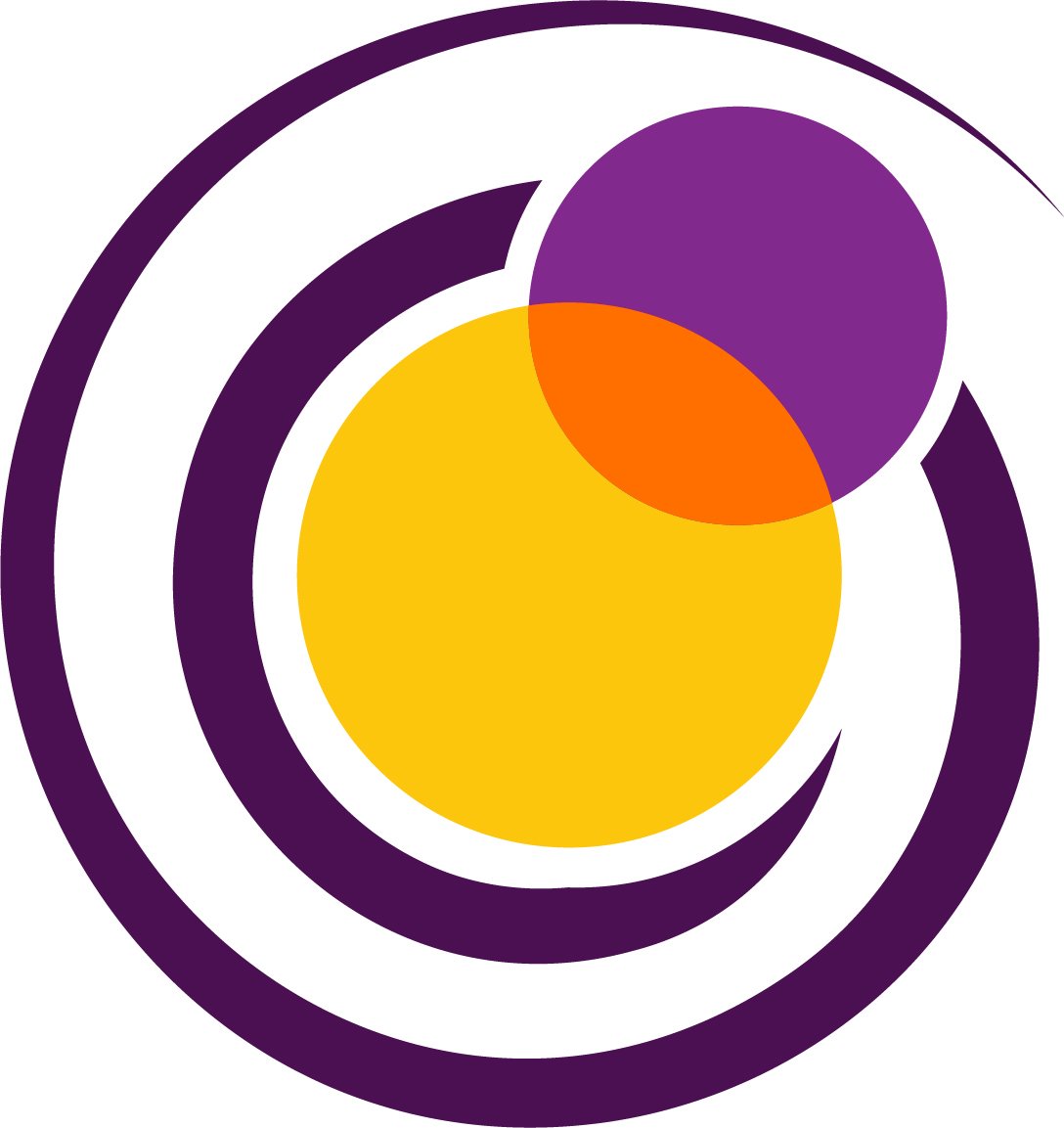Rosario Ancer
Rosario Ancer (aka Rosario Kolstee) Artistic Director, Dancer, Choreographer, Mentor, Teacher, Creator. As a Co-founder of the Rosario Ancer Flamenco Arts Society, Flamenco Rosario, and The Vancouver International Flamenco Festival, Rosario has made it her mission to share with others the raw power of Flamenco to heal, connect, and communicate.
I am grateful to live and work in the unceded lands of the Musqueam, Tsleil-Waututh, and Squamish Nations. I have made it my mission to share the power of Flamenco with others. At the heart of flamenco’s traditions and soul is an openness to change and a cross-cultural dialogue, a way of interpreting and interacting with the world in which the form lives. This is at the core of its enduring popularity and continued relevance within a contemporary and multicultural society.
Photo:Victor Kolstee
Image description: A portrait of Rosario from the shoulders up. Rosario is gazing into the camera and is wearing a black and white pattern button up shirt under a black cardigan or jacket. She has shoulder length grey/white hair in waves around her face and she is wearing black eyeliner and white earrings.

